“Avatar” is a well-deserved pioneer and definer of 3D movies; it is one of the most dazzling pearls on the crown of the film industry.
Although 11 years have passed since the film was first released, the legend behind the film and the fond memories of fans about it are still worthy of our recollection as much as the film.
The Birth of “Avatar”
Fox almost gave up on “Avatar”
In 1994, James Cameron wrote an 80-page script for “Avatar”, which took only two weeks.
In August 1996, Cameron announced that he would start filming “Avatar” after finishing “Titanic”, which would use synthetic or computer-generated actors.

The plan will cost $100 million, and at least six main characters will “look real, but do not exist in the real world.”
Cameron has established a cooperative relationship with the special effects company in the digital field, and plans to start production in the summer of 1997 to be released in 1999.
However, Cameron felt that the technology at the time was not enough to show the stories and scenes he wanted to express.
Therefore, he decided to focus on making documentaries and improving technology in the next few years.
Cameron personally flew to Tokyo, Japan, and communicated face-to-face with the engineers of Sony’s high-definition camera department.
Sony agreed to separate the lens on the professional high-definition camera from the bulky central processing unit and connect it with a cable.
The 3D camera has thus changed from the traditional 204 kg to 23 kg, and it has dual-lens imaging.
The photographer was much more relaxed, and even better, Sony agreed to build a new production line for the new machine.
When all preparations started, Fox was shaken. They still remember the painful experience of Cameron’s upper film “Titanic” with budget overruns and postponements.
Cameron rewrote the script of “Avatar” for this, merged several characters, and promised to reduce his pay if the film was unsuccessful, but he failed to completely eliminate Fox’s worries.
At that time, Cameron installed a traffic light outside the office of co-producer Jon Lando and set it as a yellow light to express the film’s uncertain future.

In mid-2006, Fox told Cameron that they had “abandoned the movie without a doubt.”
Cameron began to look for other companies, however, when Disney was going to take over, Fox used its right of first refusal.
In October 2006, after Ingenious Media agreed to support the film, Fox finally agreed to put “Avatar” into production.
The former shares the financial risks that account for more than half of the official budget for the latter.
After Fox accepted “Avatar”, Cameron and Lando turned the traffic lights to green.
The official production cost of “Avatar” is 237 million US dollars.
The rest of the estimates believe that the film production cost about 280 to 310 million U.S. dollars, and another 150 million U.S. dollars is invested in marketing.
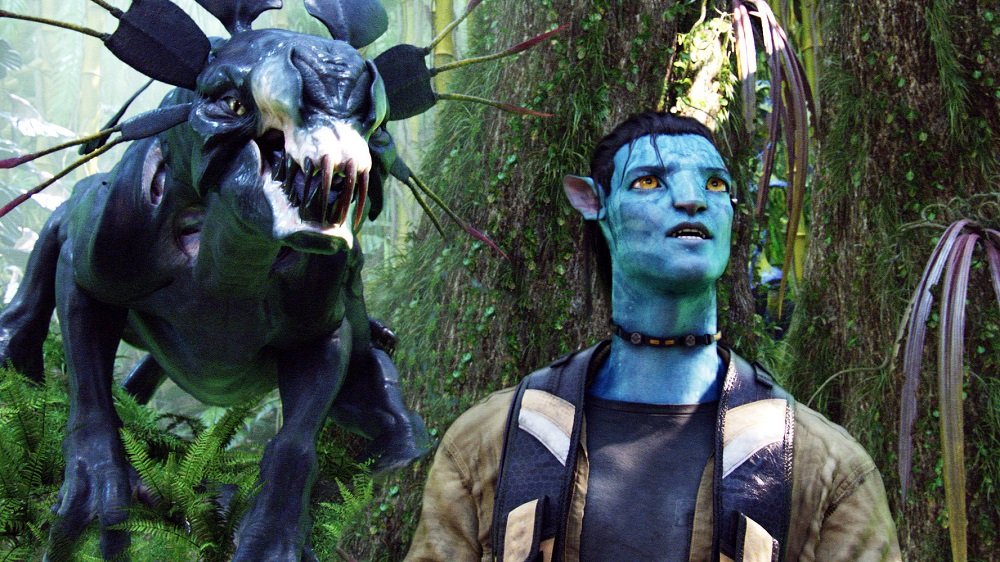
“Avatar” rebuilds standards for fantasy movies
“Avatar” was filmed with a 3D camera independently developed by the Cameron team, which made the image more realistic by simulating the eyes of a person.
Not only that, the virtual camera developed by Cameron also created a technological precedent at that time.
Even if the actor has no physical performance in an open space, the actor is already in the splendid alien world on the image presented by the monitor.
In addition, motion capture technology and expression capture technology are new breakthroughs in the technical field of “Avatar”.
The film also won 86 heavyweight awards including three Oscars and two Golden Globes, and 128 nominations.
It is estimated that each frame of “Avatar” consumes an average of 40,000 man-hours, 60% of the content is synthesized by CG, and 40% is performed by actors.
As early as 2000, Cameron and his partner Vince Pace began to develop a new camera system with the support of Sony.
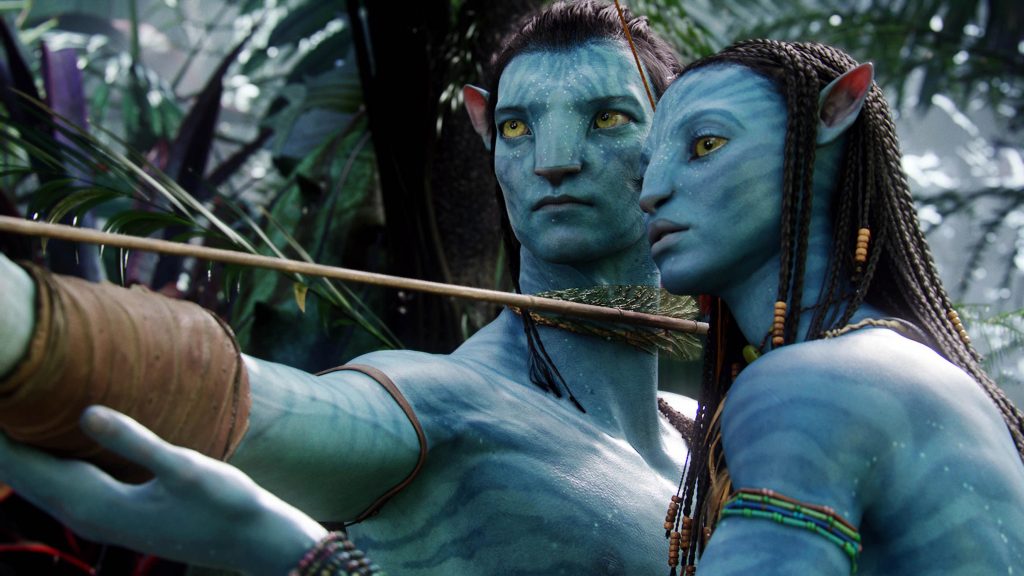
This system uses two Sony HDCF950 HD cameras for shooting, with the goal of creating an environment with a three-dimensional sense of reality.
This is the later Fusion 3-D Camera System.
Cameron specially developed a virtual camera to enable more accurate previews when shooting real-life performances.
This kind of camera can observe the actor’s actions and the interaction of the virtual world in real time, allowing the director to adjust and guide each scene in real time.
While the actor is performing, he can preview the effect of the actor’s “incarnation” as the blue Na’vi walking on Pandora’s star through the LCD screen on the side.
When “Avatar” uses “Motion Capture” technology, in addition to requiring actors to wear tights full of capture points during shooting, a set of “simulcam” is also installed in the film studio. To complete this work.
This system consists of 140 digital cameras spread over the top of the studio to form a capture stage.
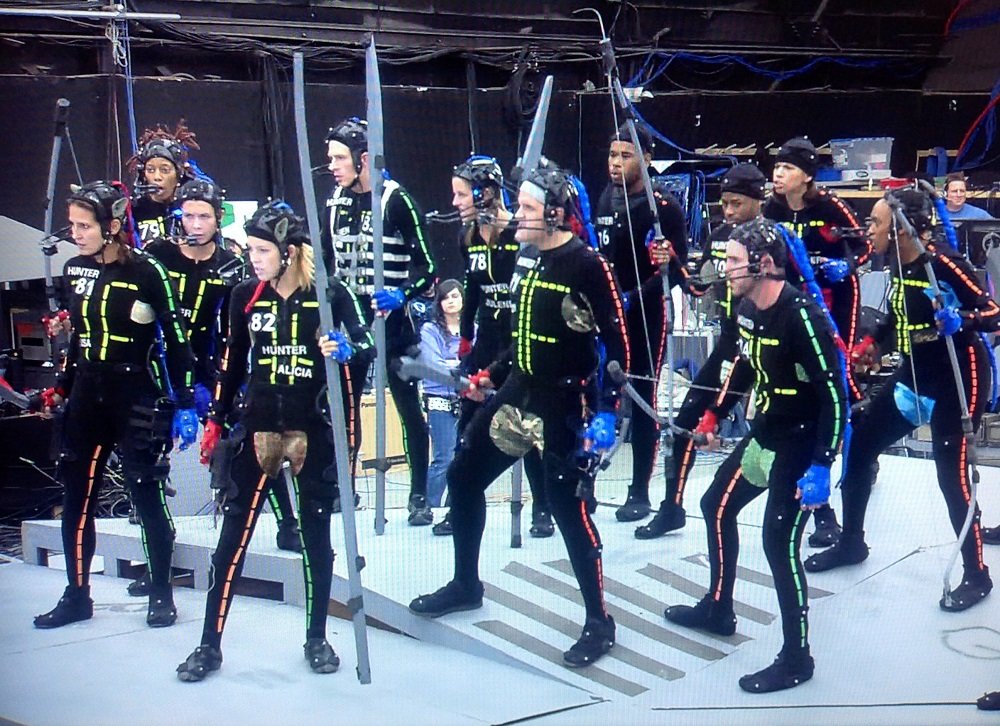
The camera tracks the reflection of the near-infrared spectrum from the on-site LED lights, transmits the captured data to a system, and then combines the reflection of the spectrum with the movement of the actors to obtain a three-dimensional model of the entire lens.
Afterwards, these data are mapped to the later computer processing, so that the CG scene presents a highly realistic effect.
“Avatar” uses an innovative facial capture head device (Facial Capture Head Rig), wear a set of camera devices on the head of each actor performing “performance capture”.
The core of this headset is a miniature high-definition camera that is only a few inches away from the actor’s face.
It can record the most subtle facial expression changes of an actor with a wide-angle lens, and transmit 95% of the actor’s facial movements to a virtual character in the computer, so that the final CG character generated by the computer is no different from a real actor.
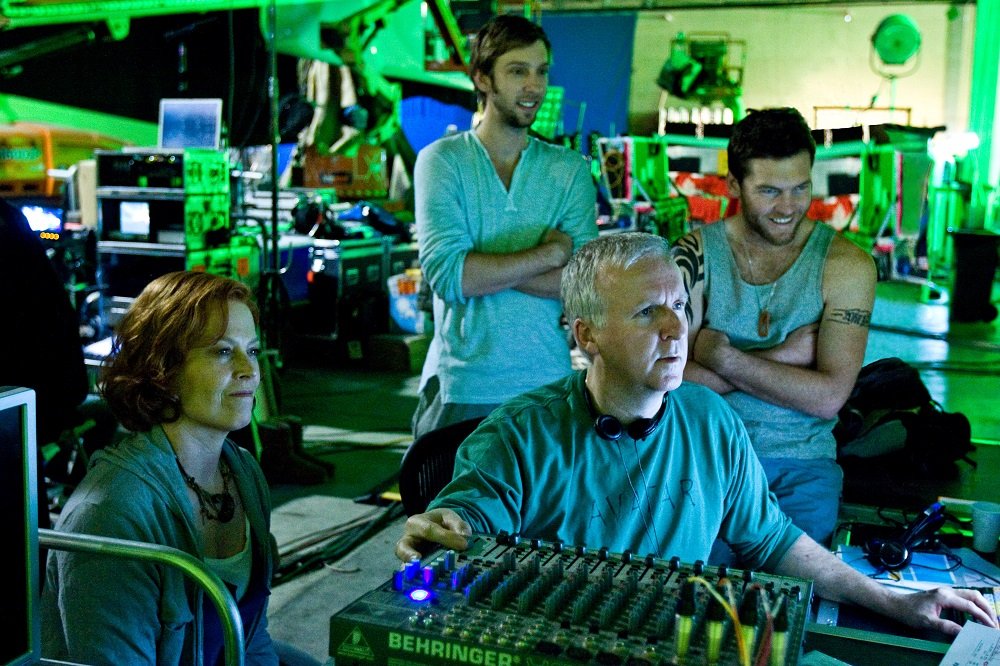
Traditional real-time shooting equipment such as portable photography and rocker photography has great limitations.
Cameron uses his own virtual camera to not only preview images that have combined actor performance and virtual scenes, but also to lay out all the camera movements that the director wants.
In this process, the motion trajectory can be captured by the system and synthesized into the later picture processing.
Cameron: “Avatar” box office overtake “Avenger 4” is a matter of time
Cameron admitted that “Avatar” and “At Play in the Fields of the Lord” share the same theme, that is, the conflict between nature and civilization.
The film is also linked to “Dances with Wolves”, which describes a severely wounded soldier attracted by the culture of the opposing camp.
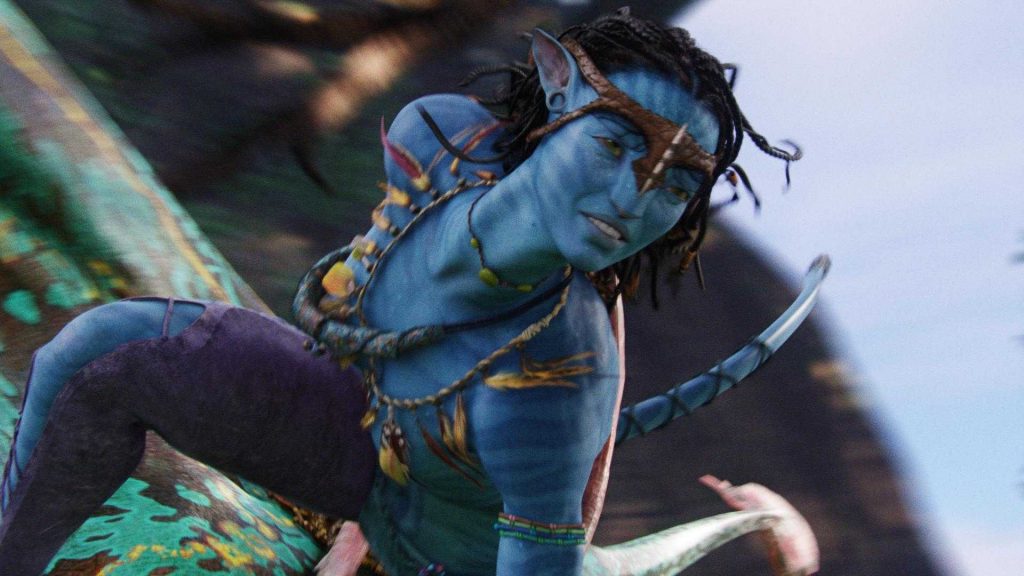
The look of Na’vi (the local humanoid race of Pandora Star) was inspired by a dream that Cameron’s mother had a long time ago.
In this dream, she saw a blue-skinned woman who was 12 feet tall.
Cameron thought this picture was wonderful, so in his first script (written in 1976 or 1977), he added similar creatures, which later became the prototype of Na’vi.
When talking about the special reason for choosing blue as the skin color, Cameron said: “I like blue… and it has something to do with Hindu gods, and I like its concept.”
Although the film did not say what year the story happened.
But according to the video log recorded by the protagonist Jake Sully, the time in the lower left corner shows that the story took place from May to August in 2154.

The mountain on Pandora’s star is partly inspired by Wulingyuan in Zhangjiajie, Hunan Province, China.
In order to create the floating Hallelujah Mountain in the movie, the designer drew inspiration from “various types of mountains”, “but mainly from China’s karst landforms.”
According to production designer Dylan Cole, Huangshan, as well as some high mountains in Hunan Province and around the world, provided inspiration for the creation of floating rocks.
In December 2009, director Cameron said at a press conference held in Beijing that the design of the floating mountain was influenced by the Chinese mountain. “What we did was just rebuild Huangshan in outer space.”
When Cameron was asked if he got the inspiration for the floating mountain from the record cover of the rock band Yes, Cameron replied with a smile: “Maybe it was like this… as early as when I smoked marijuana.”

The Neville language in the film was created by linguist Dr. Paul R. Frommer, who was appointed by James Cameron to create a language that humans can easily pronounce, but it is not like the existing language.
Na’vi’s language is closer to the Australian accent, so Sam Worthington from Australia can more easily learn this unused original language.
Sam Worthington also revealed that it is much easier to master the Na’vi language than to learn the American accent.
On December 10, 2009, “Avatar” was previewed in London, and began to be screened globally on December 16, and in North America on December 18.
After its release, the film received rave reviews and achieved commercial success.
During its release, the film broke many box office records and became the highest grossing film ever in North America (without considering inflation) and even the world.
It surpassed “Titanic”, which has maintained this record for 12 years, and this record has been maintained for nearly 10 years.

It was surpassed by “Avengers 4: Endgame” on July 20, 2019.
“Avatar” is also the first movie to earn more than $2 billion at the box office.
During the 10th anniversary of “Avatar”, Cameron said in an interview with USA Today that if “Avatar” is re-screened again, it will definitely surpass the global box office record of “Avengers 4”.
Cameron admitted that “Avatar” not only implicitly criticized the role of the United States in the Iraq War, but also criticized the ruthlessness of mechanized warfare.
“Avatar” directly promoted the construction of global 3D screens.


